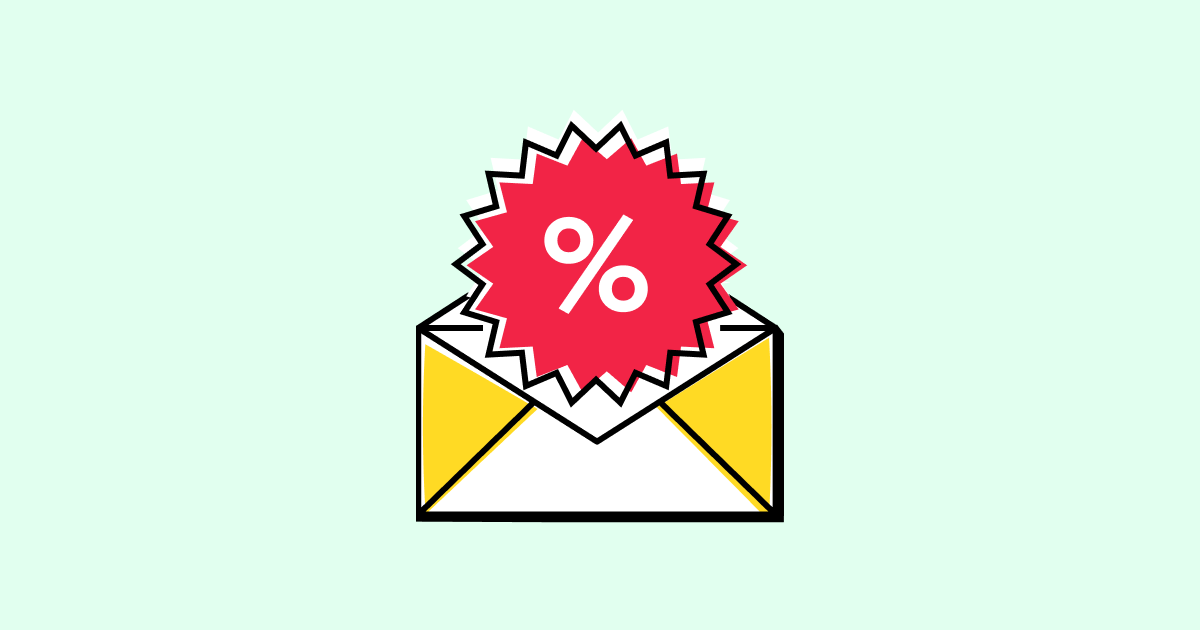Atrakcyjne zniżki
In a competitive market, offering attractive discounts can significantly influence consumer behavior. According to recent studies, about 70% of consumers are more likely to purchase a product if it comes with a discount or a special promotion. The effectiveness of discounts can be profound, as they not only enhance sales but also build customer loyalty and attract new clients.
This article aims to explore the various strategies for implementing attractive discounts, their psychological impact on consumers, and best practices to maximize their effectiveness. Readers can expect to gain insights into how to craft compelling discount offers and the importance of timing and communication in promotional strategies.
You will discover:
- The psychology behind discounts
- Different types of discounts and when to use them
- How to communicate discounts effectively
- Success stories of companies that effectively use discounts
The Psychology Behind Discounts
Understanding the psychology behind discounts is critical for any business looking to leverage them effectively. Discounts create a sense of urgency and scarcity, tapping into the psychological triggers that motivate consumers to act quickly. A well-structured discount can encourage a customer to buy now rather than later, fearing they might miss out on a great deal.
Perceived Value
Perceived value is a key factor in consumer decision-making. When customers see a discount, they often see greater value in the product. Discounts can enhance the perceived value by suggesting that they are getting more for their money. For instance, a product normally priced at $100 and marked down to $70 not only saves the consumer $30 but also makes them feel they are making a smart purchase.
Social Proof
Discounts can also invoke a sense of social proof. When consumers see others taking advantage of a discount, they are more likely to join in due to the powerful influence of group behavior. The fear of missing out (FOMO) can drive people to make quick purchasing decisions when they see that a deal is popular.
Urgency and Scarcity
Creating a sense of urgency through limited-time offers can significantly boost sales. Phrases like “limited time only” or “while supplies last” compel consumers to act fast, thereby increasing conversion rates. This tactic plays on the fear of regretting a missed opportunity, prompting customers to complete their purchases promptly.
Types of Discounts
There are various types of discounts that can be offered, each serving different purposes and targeting different audiences. Here are some common types:
Percentage Discounts
One of the most straightforward and popular forms of discounts is the percentage off the normal price. This type of discount is easy to understand and can be quite effective. For example, a “20% off” promotion simplifies the saving process for the consumer. They can quickly calculate their savings and perceived value.
Buy One Get One (BOGO)
BOGO offers, such as “buy one, get one free,” can stimulate sales significantly. This type of discount encourages consumers to purchase more than they originally planned. It’s common in the grocery sector and often motivates customers to try new products.
Loyalty Discounts
Rewarding loyal customers with discounts is another effective strategy. It not only increases customer retention but also drives repeat purchases. Loyalty programs that accumulate points that can be redeemed for discounts help in building a community around your brand.
Seasonal Discounts
Seasonal discounts tied to holidays or events can also attract consumers. These discounts take advantage of the festive atmosphere to boost sales, creating a festive shopping experience. Retailers often implement these kinds of discounts during major shopping seasons such as Black Friday or Christmas.
Communicating Discounts Effectively
How you communicate your discounts can have a significant impact on their effectiveness. Here are some best practices:
Clear Messaging
Your discount messaging must be clear and straightforward. Use simple language and avoid jargon that may confuse customers. The clearer the message, the less time consumers will spend questioning the offer.
Visual Appeal
Utilize appealing visuals to highlight your discounts. An engaging graphic can draw in consumer attention and enhance the message of savings. For example, you can see a great example of how visuals can enhance email communication in this post-purchase email example that showcases an attractive discount offer.
Multiple Channels
Effective communication of discounts often requires utilizing multiple channels. Announce your discount offers through email newsletters, social media platforms, and in-store signage. A multi-channel approach ensures a broader reach and appeals to different consumer preferences.
Success Stories of Companies Using Discounts
Several companies effectively leverage discounts to boost sales and enhance brand loyalty. These success stories illustrate the potential of discounts when implemented wisely:
Amazon Prime Day
Amazon’s annual Prime Day is a prime example of effective discount strategies. The limited-time offers encourage buyers to join the Prime membership, providing exclusive discounts. This event has become a significant sales driver for Amazon and showcases the effective use of urgency and exclusive deals.
Starbucks Rewards
Starbucks’ loyalty program offers discounts to its members, driving repeat business. The program encourages app downloads and engagement through earning stars for purchases and redeeming them for free drinks. This not only retains customers but also builds community among coffee lovers.
Conclusion
Implementing attractive discounts is more than just slashing prices; it requires an understanding of consumer psychology, effective communication, and strategic planning. By offering discounts that resonate with your target audience and present genuine value, you can significantly increase your sales and foster customer loyalty.
As demonstrated, various types of discounts can be used creatively to engage consumers. By communicating these discounts effectively and learning from successful case studies, businesses can design promotions that drive sales and create meaningful relationships with customers.
To summarize, an attractive discount strategy can transform your sales approach. The key lies in understanding consumer motivations, crafting compelling messages, and leveraging successful examples. Start exploring the possibilities of discounts in your marketing campaigns today, and watch your engagement and sales grow.

